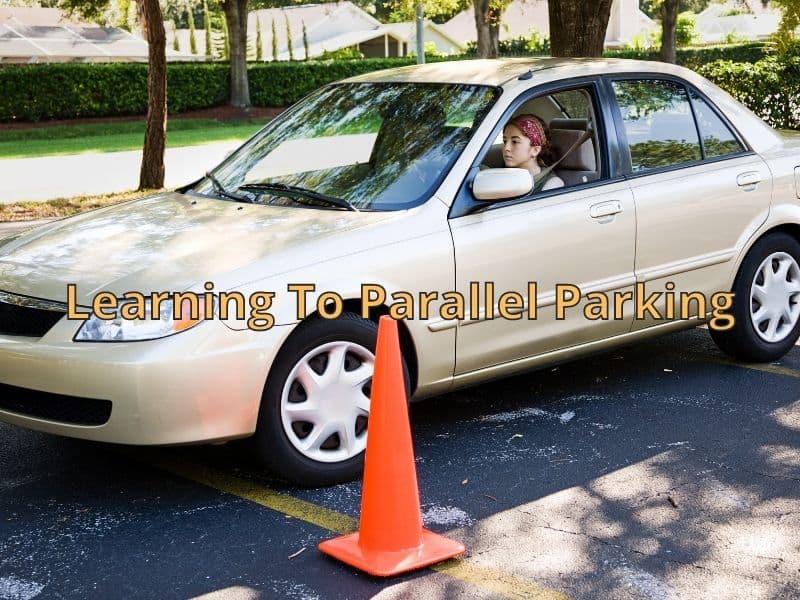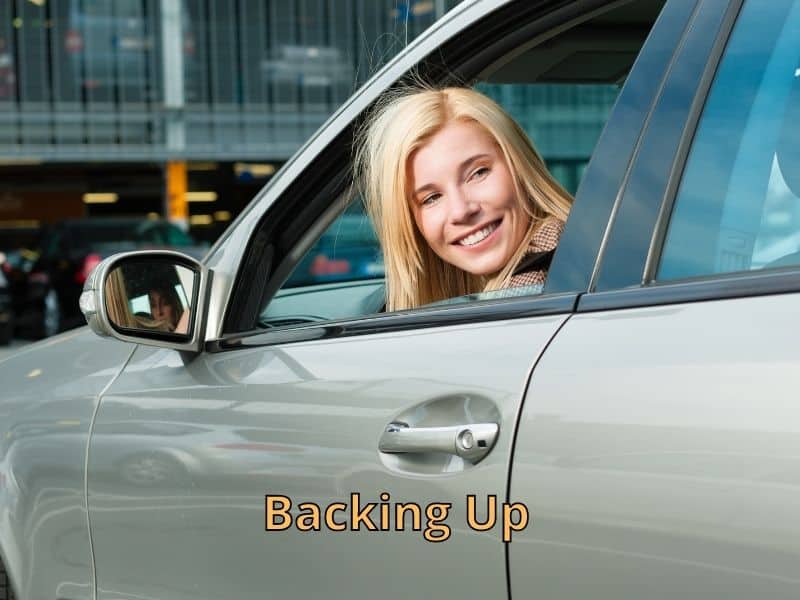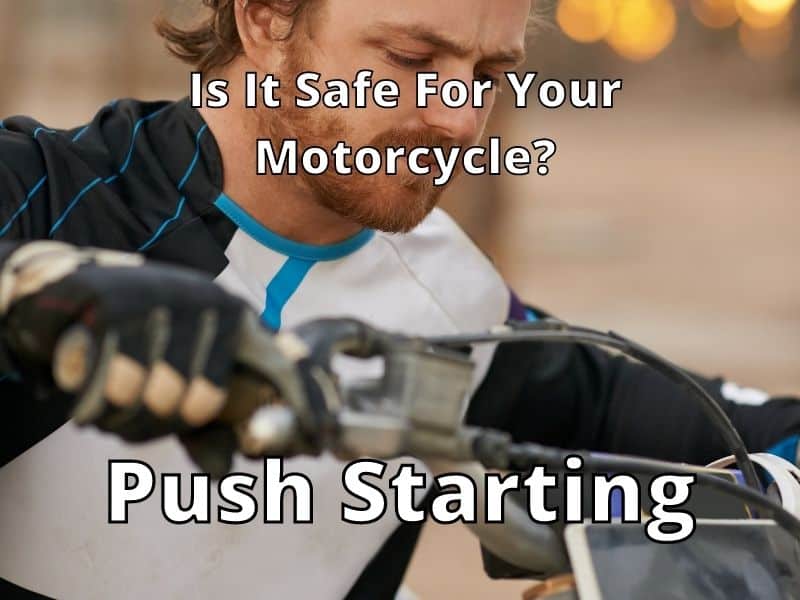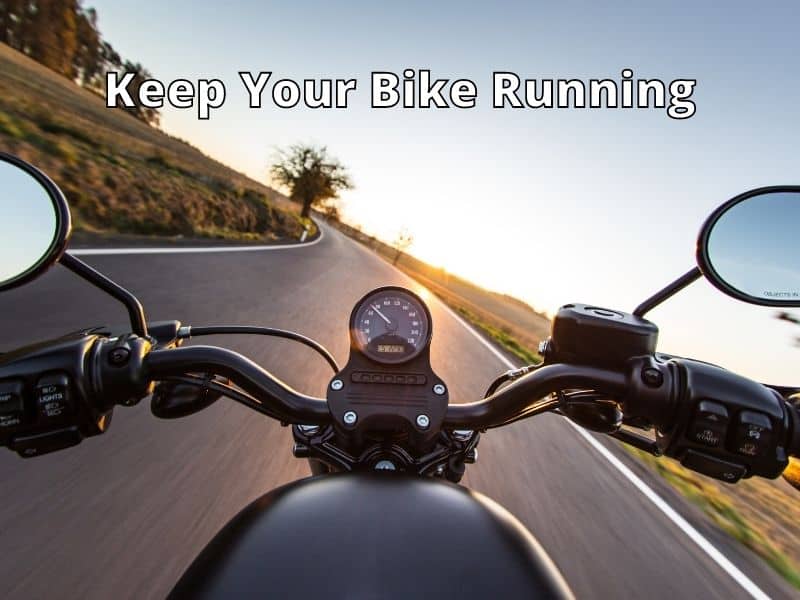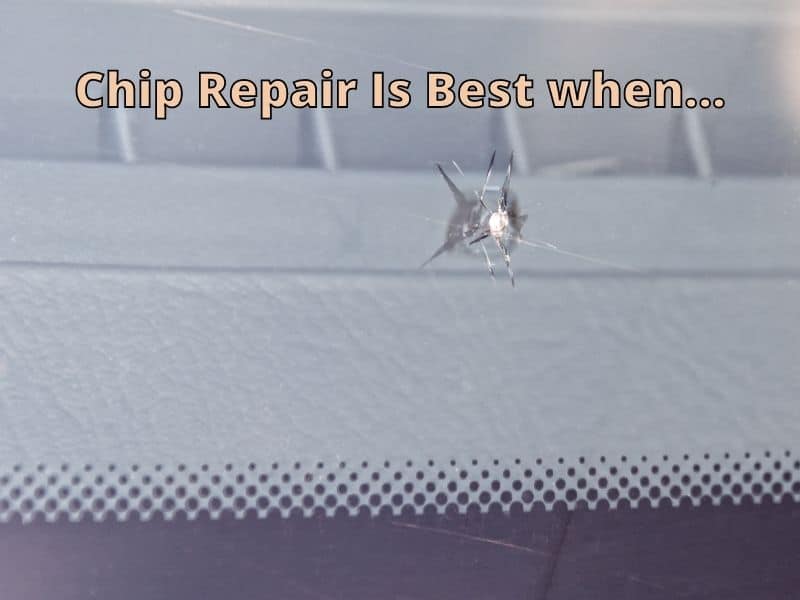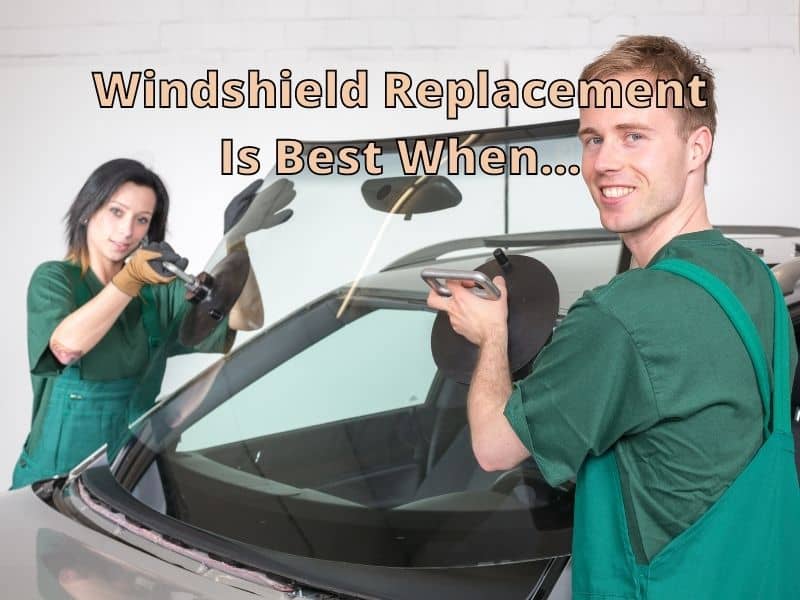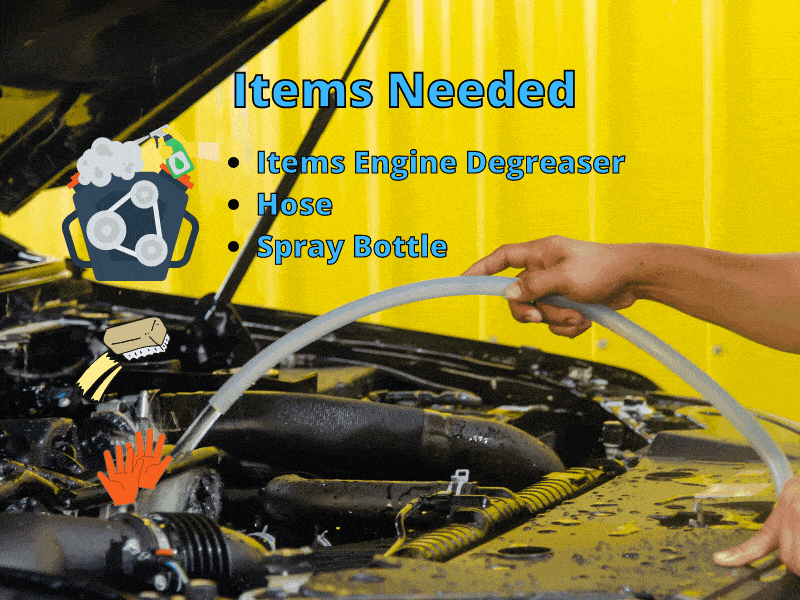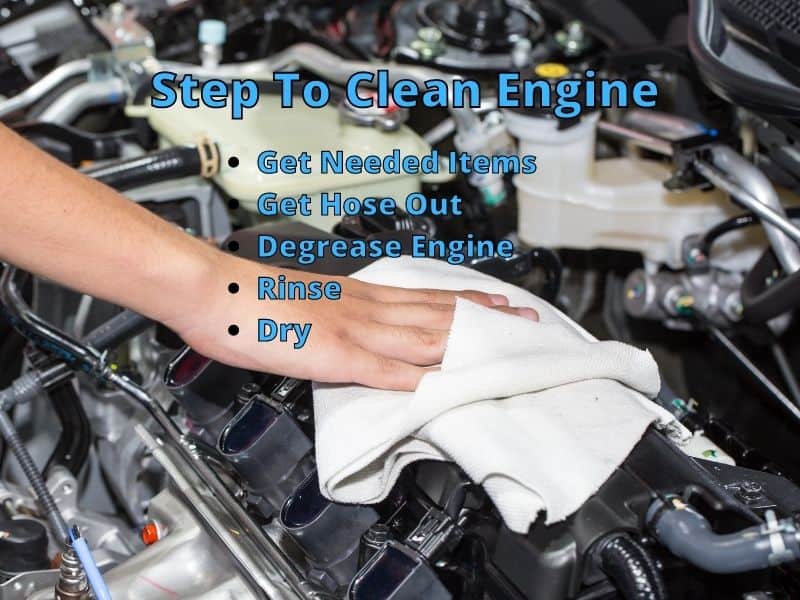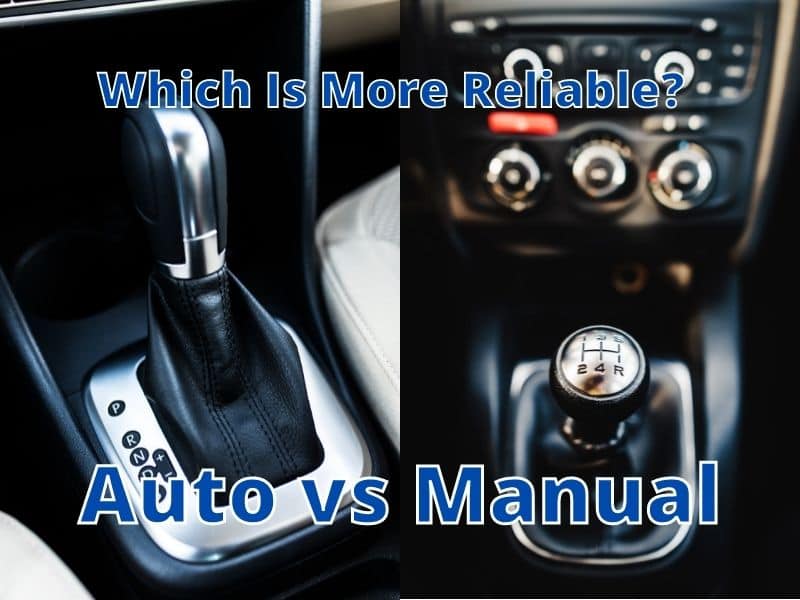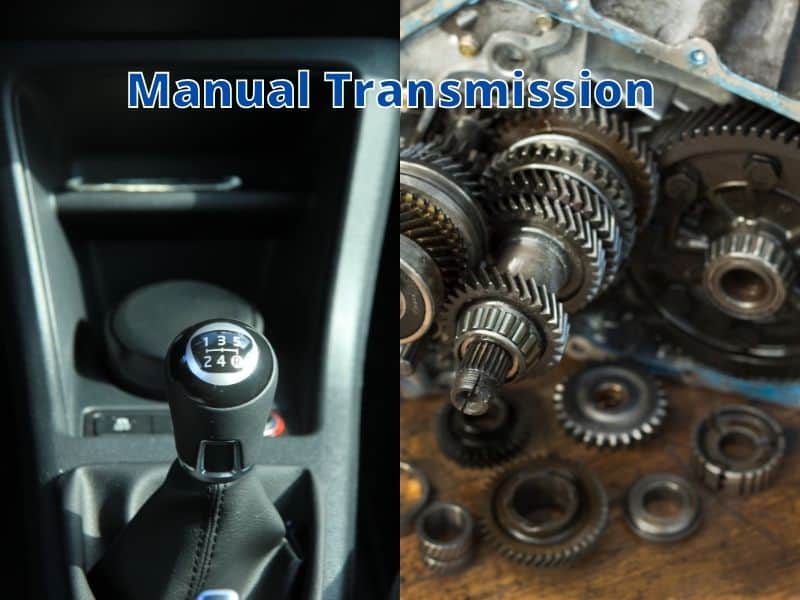Do you know how to change the tires on your car? If you don’t know how to do so, it’s a good idea to learn. Flat tires may happen anytime. If this happens to you, make sure you have the tools and knowledge necessary to replace your flat with a spare.
Flat tires can result from a variety of factors, including tire age, wear, and damage. It’s important to always be ready in case of an emergency. These are the essential tools that should include with your vehicle:
- Car Jack
- Lug Wrench
- Spare Tire
- Vehicle Owner’s Manual
Changing a tire is something that we should know how to do. To help our readers, we’ve compiled a list of basic tools to make changing a tire quick, easy, and painless. This step-by-step instruction will guide you in everything you need to know about replacing a flat tire.
The Basic Tools You’ll Need When Changing A Tire

These are the essential tools you’ll need to change a tire effectively:
Car Jack
It allows someone to lift a car off the ground to make repairs to a tire. Finding the appropriate position for your jack may take some time, and if you’re unsure, you can consult the user’s manual.
Lug Wrench
A lug wrench is used to release the lug nuts to remove the tire. A lug wrench isn’t compatible with all hubcaps. You may need to do some research before purchasing a new lug wrench to ensure that it is the correct size for your vehicle’s hubcaps and lug nuts.
Spare Tire
Spare car tires should always keep inflated. When you check the air pressure in your other tires, make sure to check the spare as well. Remember to check your pressure once a month and before any long travels or loads.
Vehicle Owner’s Manual
It contains information on where the spare wheel keeps and how to replace the wheel. For example, Is a lug wrench incompatible with your vehicle? You can find the recommended options in the manual.
If you have misplaced any of these items, take steps to replace them.
Extra Items To Have In Your Trunk To Change A Tire
Here are some things you should keep in your car’s trunk. Keep these extra goods in your trunk at all times in case of emergency.
- Gloves – Preferably leather because they are suitable for all types of weather conditions
- Torches with additional batteries
- Wheel wedges
- Repairing Kit for Flattened Tire
How To Change A Flat Tire?
Now that you have all the tools, it’s time to change your tire. I’ve listed below the quick tips on how to change the tire of your automobile.
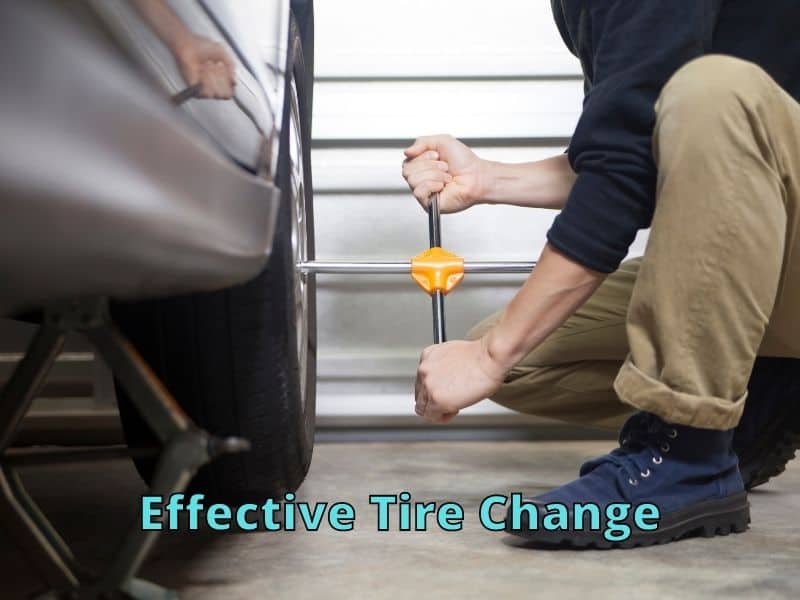
1. Finding a Suitable Place
If your car has a flat tire and needs replacement, choose an even surface for the tire-changing exercise; as a result of doing so, the vehicle will prevent from rolling. Take your car away from traffic and ensure the hazard lights are on. Soft surfaces and hilly areas are unsuitable – you should avoid these junctions.
2. Engage Parking Brake
After the car is parked in a safe area, the parking brake should be applied. For vehicles with a standard transmission, the car should be put in the first or reverse gear.
Now, remove the spare wheel from the trunk. Also, place the flares at the vehicle’s rear end if replacing the wheel alongside the road.
3. Placement of Wheel Wedges
The next step involves placing the wheel wedges on the tires on the opposite side of the flat tire.
4. Remove the Jack and Spare Tire

It would help refer to the owner’s manual to know where to place the jack when changing the tire. It should be positioned underneath the frame of the tire that needs replacement. The jack should remain in contact with the metal-based part of the vehicle’s frame.
5. Adjusting the Jack
It is important to adjust the jack to support the car properly and not lift the vehicle. Ensure that it is fitted in a perpendicular position against the ground and towards the automobile’s underside.
6. Removal of the Hubcap
The hubcap or wheel car should be removed with the help of a lug wrench. Additionally, the nuts should only loosen using the wrench in the counterclockwise direction. Use the flat end of the lug wrench to lift the cover from its position.
7. Pumping the Jack

Raise the jack to a convenient level for removing the flattened tire and replacing it with a spare one. At all times you must make sure that the car is in a stable position. Reposition the jack if you feel any instability. It is advised to keep a small-sized jack in your vehicle.
These tools are mechanical and can fail to perform their functions. To be on the safer side, I suggest using both the normal and small jacks.
8. Loosening the Nuts
The lug nuts should be completely removed and kept in a safe place; they will require for securing the spare. The nuts should be rotated in the counterclockwise direction to loosen them; after all the lug nuts have been loosened, they must be removed entirely. Use the lug wrench when unscrewing the lug nuts.
9. Removing the Tire
Use both hands when removing the flat wheel from the hub. Ensure that you pull the tire towards yourself. Please keep it in a secured place.
Alternatively, the flattened wheel may keep underneath the vehicle; the car’s weight falls upon the old tire during a jack failure, preventing injuries. However, placing the jack on a uniform plane helps avoid these problems.
It may also be helpful to remember that tires tend to stick due to rust formation; in such circumstances, with the help of a rubber mallet, you should try beating the inside part of the wheel to facilitate its removal.
10. Using the Spare Wheel

The spare tire is now ready to be mounted. During the process, align the edges with the tire bolts. Please give it a push to put it in place. Followed by inserting the lug nuts.
11. Tightening the Lug Nuts
The following step is to tighten the nuts with hands. It is not advised to use the wrench until the vehicle has lowered.
12. Lowering the Jack
The jack should be lowered carefully; the spare should reach the ground. Then, the jack may be removed.
13. Use the Wrench
After the car is at ground level, the lug nuts should be tightened with the help of a wrench. You may need to put your body weight for their tightening. To balance your car tires, it is advised to fit the lug nuts in a star pattern around the wheel.
The nuts that are diagonally situated across each other must be fitted one after the other. Give the nuts a complete turn until they are evenly tight.
14. Replacement of the Hub Cap
The subsequent step is to replace the hubcap after the vehicle has been brought to the ground.
15. Checking Air Pressure

If you have a gauge, check the air pressure of the replaced tire. Otherwise, drive the vehicle to a service station for the same. Also, the flat tire should give for repairs. After repairing the wheel, place it in the trunk of your car.
Sometimes, the wheel cannot repair; in such cases, the repair shops can dispose of the tire and help you purchase a new one. It is essential to remember that the flat wheel should repair at the earliest; it is not advisable to travel long distances at fast speeds without having a spare in your vehicle’s trunk.
Replacing your car tire is a cost-saving exercise if your vehicle’s insurance policy does not cover emergencies. However, you must always take safety precautions when making a choice between Do-It-Yourself or opting for help.
You must consider the condition of the roads and traffic before removing the tools. Additionally, the state of the weather must also ponder upon; if it is snowing, raining, or the climate is sweltering – it may be wise to order a tow for your vehicle. Moreover, if several people are traveling with you, take steps to ensure their safety.
When traveling long distances, you must make sure that the tools are in good condition. If the conditions are favorable for a tire change, you must go ahead; otherwise, calling a towing truck is recommended.
Conclusion
When you have all of the necessary tools, changing a car tire is simple. Make sure to prioritize your safety first.
All of these procedures can help your tires last longer and lessen the chances of a flat tire. While there is no way to avoid flat tires, good maintenance can help them perform better and last longer.
Thanks for visiting Drivinglife.net




